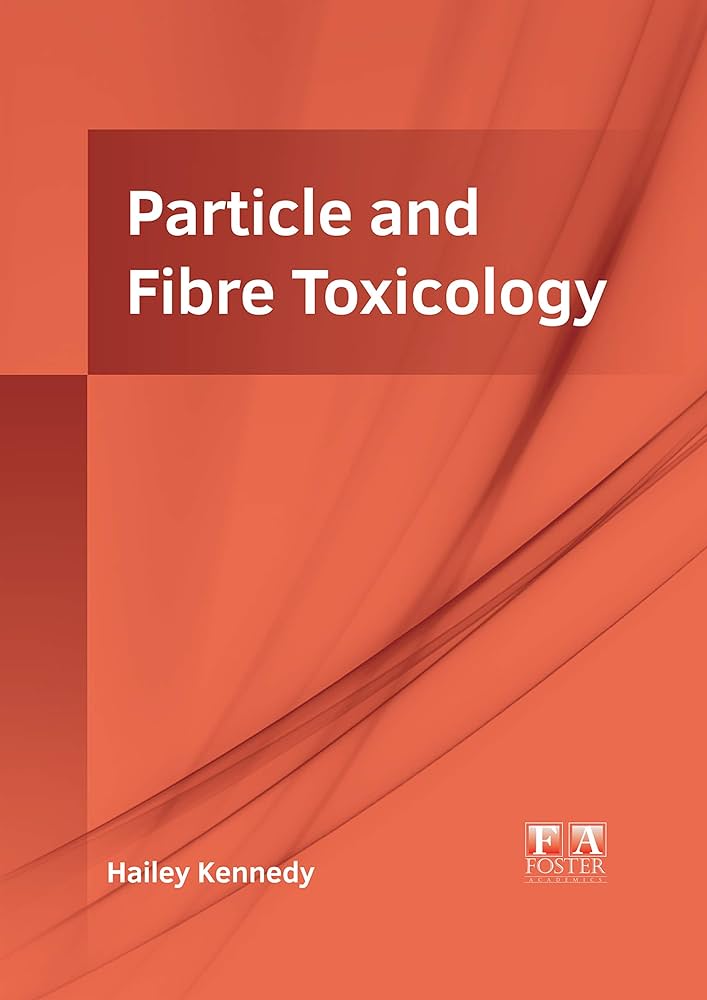暴露于吸入结晶二氧化硅的大鼠或小鼠模型的奥米克方法结果:系统综述
IF 8.2
1区 医学
Q1 TOXICOLOGY
引用次数: 0
摘要
晶体二氧化硅(cSiO2)是一种存在于岩石中的矿物质;建筑或牛仔布行业的工人尤其容易通过吸入而接触到二氧化硅。吸入的二氧化硅微粒可进入肺泡,诱发炎症、细胞死亡、自身免疫和纤维化,但二氧化硅产生这些影响的具体分子途径仍不清楚。本系统综述旨在全面介绍用于研究小鼠和大鼠吸入的二氧化硅影响的奥米克方法和暴露模型的最新进展,并重点介绍在啮齿类动物中得到验证的奥米克数据的关键结果。系统综述方案遵循 PRISMA(系统综述和元分析首选报告项目)指南。符合条件的文章在 PubMed、Embase 和 Web of Science 中进行了搜索。搜索策略包括1990年后发表的英文原创文章,这些文章包括暴露于二氧化硅的小鼠或大鼠模型,并利用欧米克方法确定二氧化硅调节的途径。根据SYRCLE的动物研究偏倚风险工具提取数据并进行质量评估。大鼠和雄性啮齿类动物是使用较多的模型,而雌性啮齿类动物和自身免疫易感模型的研究较少。动物的暴露既有急性的,也有慢性的,通过 omics 方法测量结果的时间分布也很均匀。转录组技术更常用,而蛋白质组、代谢组和单细胞全息方法则较少使用。免疫和炎症是小鼠和大鼠肺部因接触二氧化硅而改变的主要领域。在啮齿动物身上获得的结果只有不到20%最终在人类身上得到了验证。尽管大部分数据仍需在人体中验证,但海洋学技术为了解小鼠和大鼠接触二氧化硅的影响提供了新的视角。应更好地描述易发生自身免疫的模型,并进一步研究二氧化硅的全身效应,以更好地了解二氧化硅诱导的自身免疫。应进行单细胞组学研究,以了解二氧化硅暴露诱发的病理过程。本文章由计算机程序翻译,如有差异,请以英文原文为准。
Results from omic approaches in rat or mouse models exposed to inhaled crystalline silica: a systematic review
Crystalline silica (cSiO2) is a mineral found in rocks; workers from the construction or denim industries are particularly exposed to cSiO2 through inhalation. cSiO2 inhalation increases the risk of silicosis and systemic autoimmune diseases. Inhaled cSiO2 microparticles can reach the alveoli where they induce inflammation, cell death, auto-immunity and fibrosis but the specific molecular pathways involved in these cSiO2 effects remain unclear. This systematic review aims to provide a comprehensive state of the art on omic approaches and exposure models used to study the effects of inhaled cSiO2 in mice and rats and to highlight key results from omic data in rodents also validated in human. The protocol of systematic review follows PRISMA (Preferred Reporting Items for Systematic Reviews and Meta-Analyses) guidelines. Eligible articles were identified in PubMed, Embase and Web of Science. The search strategy included original articles published after 1990 and written in English which included mouse or rat models exposed to cSiO2 and utilized omic approaches to identify pathways modulated by cSiO2. Data were extracted and quality assessment was based on the SYRCLE’s Risk of Bias tool for animal studies. Rats and male rodents were the more used models while female rodents and autoimmune prone models were less studied. Exposure of animals were both acute and chronic and the timing of outcome measurement through omics approaches were homogeneously distributed. Transcriptomic techniques were more commonly performed while proteomic, metabolomic and single-cell omic methods were less utilized. Immunity and inflammation were the main domains modified by cSiO2 exposure in lungs of mice and rats. Less than 20% of the results obtained in rodents were finally verified in humans. Omic technics offer new insights on the effects of cSiO2 exposure in mice and rats although the majority of data still need to be validated in humans. Autoimmune prone model should be better characterised and systemic effects of cSiO2 need to be further studied to better understand cSiO2-induced autoimmunity. Single-cell omics should be performed to inform on pathological processes induced by cSiO2 exposure.
求助全文
通过发布文献求助,成功后即可免费获取论文全文。
去求助
来源期刊

Particle and Fibre Toxicology
TOXICOLOGY-
CiteScore
15.90
自引率
4.00%
发文量
69
审稿时长
6 months
期刊介绍:
Particle and Fibre Toxicology is an online journal that is open access and peer-reviewed. It covers a range of disciplines such as material science, biomaterials, and nanomedicine, focusing on the toxicological effects of particles and fibres. The journal serves as a platform for scientific debate and communication among toxicologists and scientists from different fields who work with particle and fibre materials. The main objective of the journal is to deepen our understanding of the physico-chemical properties of particles, their potential for human exposure, and the resulting biological effects. It also addresses regulatory issues related to particle exposure in workplaces and the general environment. Moreover, the journal recognizes that there are various situations where particles can pose a toxicological threat, such as the use of old materials in new applications or the introduction of new materials altogether. By encompassing all these disciplines, Particle and Fibre Toxicology provides a comprehensive source for research in this field.
 求助内容:
求助内容: 应助结果提醒方式:
应助结果提醒方式:


